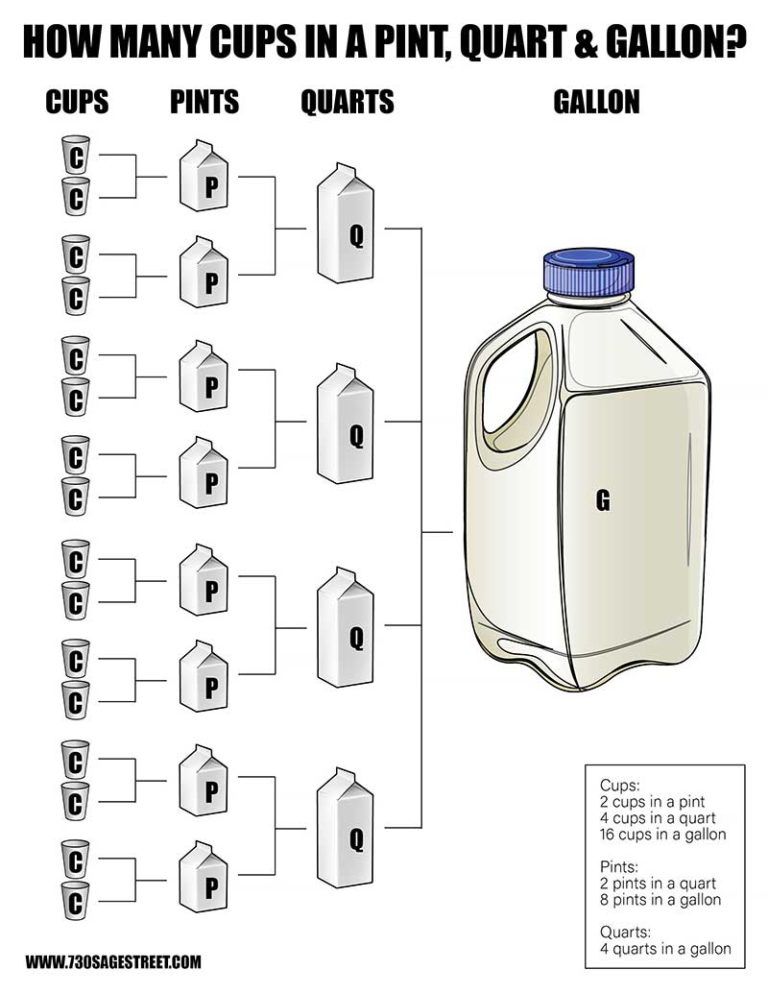Table of Contents
The tank is rated to fill about 30 tires from 15 to 35 lbs. Don’t have to listen to a compressor either.
Assuming you’ve started at 0 psig (14.7 psia), you need a tank of at least 6.86 cubic feet at 85 psig to inflate 1 such tire from 0 to 85 psi. That’s over 51 gallons. Larger than the typical residential water heater. Double the pressure and you can halve the volume, so 3.43 cubic feet at 170 psi.
A small car tire has a volume of approximately 1 cubic foot. That means a 7-gallon air tank does not have quite enough capacity to fill a small car tire that’s completely flat
A small car tire has a volume of approximately 1 cubic foot. That means a 7-gallon air tank does not have quite enough capacity to fill a small car tire that’s completely flat
Larin portable air tank 11 gallon capacity is designed to provide compressed air for inflating tires, cleaning and much more. It features a pressure tested welded steel tank and has a maximum pressure of 125 PSI.
The tank is rated to fill about 30 tires from 15 to 35 lbs. Don’t have to listen to a compressor either.
A 3-gallon air compressor will be able to fill most car tires with no problem. If filling a tire from empty, it may take more than one tank of air, depending on the tire size but it will get the job done. The only case where it may not work is if the tire’s PSI exceeds the compressor’s max PSI.
A small car tire has a volume of approximately 1 cubic foot. That means a 7-gallon air tank does not have quite enough capacity to fill a small car tire that’s completely flat
Assuming you’ve started at 0 psig (14.7 psia), you need a tank of at least 6. 86 cubic feet at 85 psig to inflate 1 such tire from 0 to 85 psi. That’s over 51 gallons. Larger than the typical residential water heater. Double the pressure and you can halve the volume, so 3.43 cubic feet at 170 psi.
86 cubic feet at 85 psig to inflate 1 such tire from 0 to 85 psi. That’s over 51 gallons. Larger than the typical residential water heater. Double the pressure and you can halve the volume, so 3.43 cubic feet at 170 psi.
Assuming you’ve started at 0 psig (14.7 psia), you need a tank of at least 6.86 cubic feet at 85 psig to inflate 1 such tire from 0 to 85 psi. That’s over 51 gallons. Larger than the typical residential water heater. Double the pressure and you can halve the volume, so 3.43 cubic feet at 170 psi.
A small car tire has a volume of approximately 1 cubic foot. That means a 7-gallon air tank does not have quite enough capacity to fill a small car tire that’s completely flat
Maintaining correct tire pressure affects a tire’s wear and improves its performance. Luckily, you can easily inflate almost any tire at your job site if you have an air compressor
For filling car tires, you will only need to run them up to the 32 PSI for most passenger cars, or maybe 35 PSI on a cold day. A portable 1 or 2 CFM compressor, at 90 PSI, should serve you well for filling car tires.
A portable 1 or 2 CFM compressor, at 90 PSI, should serve you well for filling car tires.
Assuming you’ve started at 0 psig (14.7 psia), you need a tank of at least 6.86 cubic feet at 85 psig to inflate 1 such tire from 0 to 85 psi. That’s over 51 gallons. Larger than the typical residential water heater. Double the pressure and you can halve the volume, so 3.43 cubic feet at 170 psi.
For filling car tires, you will only need to run them up to the 32 PSI for most passenger cars, or maybe 35 PSI on a cold day. A portable 1 or 2 CFM compressor, at 90 PSI, should serve you well for filling car tires.
Maintaining correct tire pressure affects a tire’s wear and improves its performance. Luckily, you can easily inflate almost any tire at your job site if you have an air compressor
What size air compressor for changing tyres? 10 bar (or 150psi) is normally adequate for most automotive applications.
To fill the tires of the car, you just have to run up to 32 PSI for most cars, or maybe 35 PSI for a cold day. A portable compressor 1 or 2 CFM, 90 PSI, must be used to fill the tires of the car. If you need to use a pneumatic exchange machine, then you will need 4 CFM or so.
Maintaining correct tire pressure affects a tire’s wear and improves its performance. Luckily, you can easily inflate almost any tire at your job site if you have an air compressor
DO NOT use your compressor to fill bike tires or wheelbarrow tires! You can instantly damage your tires! Don’t set the compressor’s psi to match your tire’s psi. It will take too long to fill.
A 3-gallon air compressor will be able to fill most car tires with no problem. If filling a tire from empty, it may take more than one tank of air, depending on the tire size but it will get the job done. The only case where it may not work is if the tire’s PSI exceeds the compressor’s max PSI.
If filling a tire from empty, it may take more than one tank of air, depending on the tire size but it will get the job done. The only case where it may not work is if the tire’s PSI exceeds the compressor’s max PSI.
30. What Size Air Compressor for Filling Car Tires? For filling car tires, you will only need to run them up to the 32 PSI for most passenger cars, or maybe 35 PSI on a cold day. A portable 1 or 2 CFM compressor, at 90 PSI, should serve you well for filling car tires.
An air compressor to inflate tires can be convenient if you get a flat. An air compressor to inflate tires can be convenient if you get a flat. With a portable tire inflator, you can easily inflate your tire and go on with your day
DO NOT use your compressor to fill bike tires or wheelbarrow tires! You can instantly damage your tires! Don’t set the compressor’s psi to match your tire’s psi. It will take too long to fill.
It will take too long to fill.
As a general rule, it’s best to use a compressor with a maximum operating pressure of at least 10 PSI higher than the recommended tire pressure. So if your tire needs 100 PSI, you’ll want a compressor capable of generating 110 PSI or higher.
by Justin
Of all the many uses of an air compressor, one of the most common is tire inflation. Many homeowners would agree that this alone is reason enough to have a compressor on hand. But before you go out and buy a compressor for inflating your tires, you want to be sure you get a model that’s up to the task.
What size air compressor you’ll need for filling tires depends on the size and pressure requirements of your tires. Most compressors of any size can inflate small-to-medium tires but may not work well for larger truck tires. The compressor’s CFM and PSI capabilities are the most important factors.
The compressor’s CFM and PSI capabilities are the most important factors.
Table of Contents
The main things to consider when looking for an air compressor for tire inflation are the size and recommended PSI of the tires you’ll be inflating. If you just want a fast and easy way to fill up bike tires or wheelbarrow tires, virtually any compressor will do – you’d just want to be careful when using a large and powerful compressor, to avoid overfilling and bursting your tires.
It’s when you move up to automotive tires that you might start to run into difficulties. Typically, tires on sedans, mid-size SUVs, and smaller trucks aren’t very large and only need to be filled to a recommended pressure of around 32-36 PSI. Even the smallest compressors are usually more than capable of filling these from empty.
But larger tires, such as those on larger SUVs, trucks, and RVs, often require inflation up to 100 PSI. This may be too much for some portable compressors that have a lower operating PSI.
This may be too much for some portable compressors that have a lower operating PSI.
There are a few key criteria to consider that will determine whether or not a given compressor can be used to fill your tires – and how efficiently it will do so.
Perhaps the most important factor is the air compressor’s maximum PSI rating. PSI (pounds per square inch) is the measurement for how much air pressure the compressor can provide. If the tire requires more pressure than your compressor can provide, you won’t be able to fully inflate the tire – it will only inflate to the maximum pressure output of your compressor.
For instance, if your compressor has a maximum operating pressure of 70 PSI and you try to inflate a truck tire to 100 PSI, you’ll only be able to put 70 PSI of pressure in the tire.
As a general rule, it’s best to use a compressor with a maximum operating pressure of at least 10 PSI higher than the recommended tire pressure. So if your tire needs 100 PSI, you’ll want a compressor capable of generating 110 PSI or higher. An equal PSI could also work, but the air exchange will go slower the closer you get to the max pressure, so it could take a while.
So if your tire needs 100 PSI, you’ll want a compressor capable of generating 110 PSI or higher. An equal PSI could also work, but the air exchange will go slower the closer you get to the max pressure, so it could take a while.
On that note, most compressors with storage tanks have two gauges – one for tank pressure and one for regulated pressure (the pressure going through the air hose). When using such a compressor, you’ll want to make sure the regulator knob is set at least 10 PSI higher than the inflation pressure you’re trying to achieve – otherwise you won’t be supplying adequate pressure even if the tank pressure is maxed out.
Another important factor is the compressor’s CFM rating. CFM (cubic feet per minute) is a measurement of the rate of flow the compressor can provide. This mainly impacts how quickly and efficiently you can fill your tire. It’s important to note that CFM should always be measured in the context of air pressure. That is, it’s usually measured as x CFM @ x PSI. For example, a compressor that can provide 1 CFM @ 100 PSI will likely be able to provide 2 CFM @ 50 PSI.
That is, it’s usually measured as x CFM @ x PSI. For example, a compressor that can provide 1 CFM @ 100 PSI will likely be able to provide 2 CFM @ 50 PSI.
This is important because you generally don’t want to go any lower than 1 CFM at the necessary tire pressure – unless you don’t mind spending a lot of time filling your tires. So, say your compressor offers 1 CFM @ 50 PSI but only 0.6 CFM @ 100 PSI. If you’re inflating a small car tire to 36 PSI you should have no problem, but filling a big truck tire to 100 PSI could take a very long time.
The size of the air compressor tank will make a difference in how long it takes to fill your tires and how long your compressor pump will have to run. If you’re just topping off a tire or two (adding a few pounds of pressure to each tire), a 1-gallon tank should be more than enough to get the job done in one go. If you’re filling a tire from empty, however, it will probably take multiple cycles to fill the tire completely – the larger the tire, the longer it will take. This means you’ll have to wait while the tank recovers (refills).
This means you’ll have to wait while the tank recovers (refills).
Naturally, the larger the tank, the less waiting you’ll have to do. Portable 3-gallon and 6-gallon compressors are typically better for larger tires. Many small compressors designed to be kept in vehicles are designed to provide a continuous supply of air so you won’t have to wait for the tank to refill at all.
An air compressor’s duty cycle rating is the recommended amount of time the pump should be on during a given usage cycle. For example, a 50% duty rating means the compressor pump isn’t meant to run more than half the time you’re using the compressor – i.e. the pump should spend 1 minute off for every 1 minute on – to avoid overheating/wearing out the pump.
A larger storage tank can help in this regard since you’ll be able to draw on the stored air while you let the pump cool down. However, many very small compressors that can be plugged into your car are designed for continuous use – although they can still get overly hot after very long periods of use.
One more thing to think about is the length of your compressor’s power cord and air hose. In general, it’s best to avoid using extension cords with air compressors, as it can cause power issues that degrade the motor. It’s always better to use a longer air hose, even though this can result in a slight loss in air power.
Since it’s not always convenient (or possible) to bring your tires to your compressor, you’ll want to be sure you can bring your compressor (or the inflator tool) to your tires. To this point, there are a few battery-powered portable compressor options out there.
The most important thing when choosing a compressor for tire inflation is to make sure the compressor’s max PSI exceeds (or is at least equal to) the tire’s recommended inflation pressure.
Beyond that, the rest of the factors will determine how quickly and efficiently you can get the job done. No one wants to spend an hour or more filling up their tires, so you’ll ideally want to find a compressor powerful enough to fill your tires rapidly and with minimal interruption. The key is to strike a balance between power and portability, depending on your needs. Thanks for reading!
No one wants to spend an hour or more filling up their tires, so you’ll ideally want to find a compressor powerful enough to fill your tires rapidly and with minimal interruption. The key is to strike a balance between power and portability, depending on your needs. Thanks for reading!
Justin
Justin is a full-time blogger with a passion for anything DIY. When he's not hanging out with his wife and son, you can find him putting the finishing touches on yet another home project he's taken on. He's also the creator of AllAboutAirCompressors.com.
04/21/2022 00:00
Antifreeze is a special liquid that is designed for the proper functioning of the car's engine cooling system.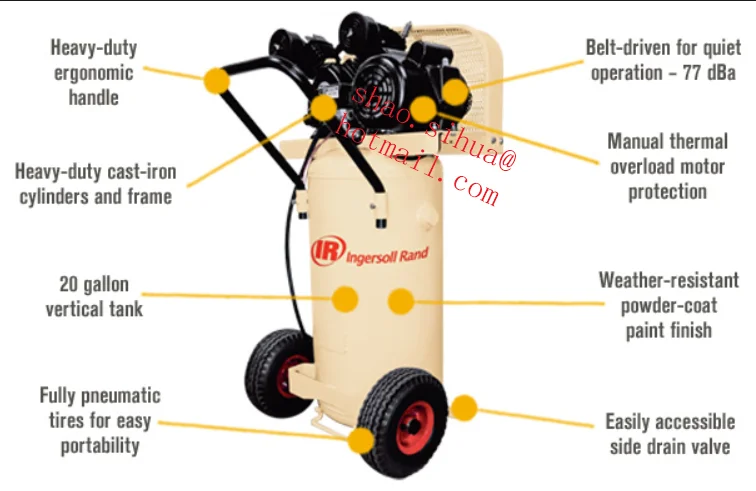 The main feature of this substance is its ability not to freeze at low temperatures. This is due to the presence of dihydric alcohol (ethylene glycol) in the composition of the antifreeze. It also contains so-called inhibitors that slow down the corrosion process. For the smooth operation of the car, it is extremely important to change the coolant on time. nine0003
The main feature of this substance is its ability not to freeze at low temperatures. This is due to the presence of dihydric alcohol (ethylene glycol) in the composition of the antifreeze. It also contains so-called inhibitors that slow down the corrosion process. For the smooth operation of the car, it is extremely important to change the coolant on time. nine0003
The exact service life of this consumable cannot be named. It all depends on the quantity and quality of additives, manufacturer, composition of the coolant. Currently, in domestic markets, you can find antifreezes that are made on the basis of carboxylate or silicate. For example, a coolant that contains silicate in its composition will need to be replaced after three years of car operation. Refrigerants that are based on carboxylate can last five years. It is also advisable to familiarize yourself with the recommendations of the manufacturer of a particular brand of car. nine0003
nine0003
 When the cork can be touched by hand, it must be unscrewed completely. Then, you should also carefully open the radiator drain valve, having previously prepared containers in which it will later be possible to transport the used coolant to the disposal site. nine0008
When the cork can be touched by hand, it must be unscrewed completely. Then, you should also carefully open the radiator drain valve, having previously prepared containers in which it will later be possible to transport the used coolant to the disposal site. nine0008  nine0008
nine0008 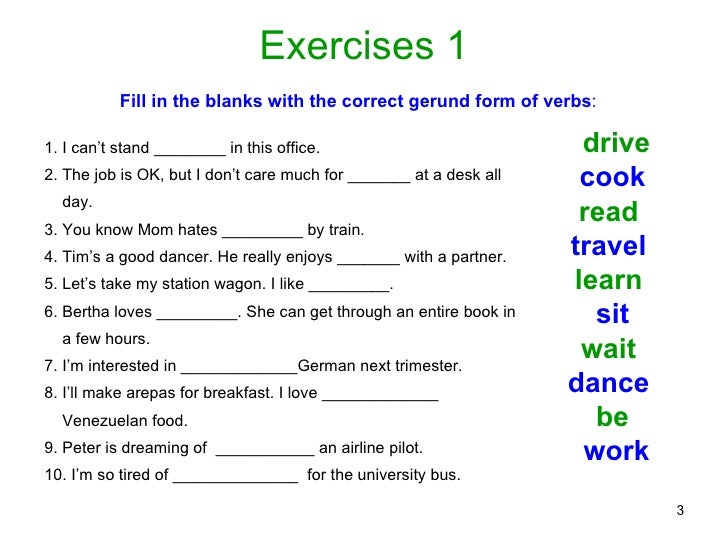 After that, you need to turn off the engine, wait a while and check the coolant level in the expansion tank. If necessary, add antifreeze to the normal level. Also, after replacing the antifreeze, it is worth checking the cooling system daily for a week, since it is during this period of time that hidden problems in the system that were previously invisible can be revealed. nine0008
After that, you need to turn off the engine, wait a while and check the coolant level in the expansion tank. If necessary, add antifreeze to the normal level. Also, after replacing the antifreeze, it is worth checking the cooling system daily for a week, since it is during this period of time that hidden problems in the system that were previously invisible can be revealed. nine0008
Only top up with the same brand and type of antifreeze as in the car's cooling system. Work is carried out with a cold engine. Before starting, you need to slightly open the cap of the expansion tank to eliminate excess pressure. After that, completely unscrew the cap and add coolant. It is necessary to navigate by the marks on the expansion tank.
How much antifreeze should be in the cooling system can be found in the owner's manual for a particular vehicle model. On average, the required volume of coolant is 5-8 liters. The main thing is that the antifreeze level remains between the maximum and minimum marks. Examples of the required amount of antifreeze for some popular car models:
On average, the required volume of coolant is 5-8 liters. The main thing is that the antifreeze level remains between the maximum and minimum marks. Examples of the required amount of antifreeze for some popular car models:
According to their composition, coolants are divided into:
 This can lead to overheating of the motor; nine0008
This can lead to overheating of the motor; nine0008 There is a myth among motorists that antifreeze has a sweetish taste, but this is just a myth. The chemicals in coolants are poisonous. Tasting them is not recommended. How to find out what is filled in the car cooling system?
 If a stratification of substances has occurred, a precipitate has appeared, the mixture has become cloudy, then most likely it is antifreeze. When using high-quality antifreeze, such reactions should not occur. nine0008
If a stratification of substances has occurred, a precipitate has appeared, the mixture has become cloudy, then most likely it is antifreeze. When using high-quality antifreeze, such reactions should not occur. nine0008 
#Advice from experts
Share:
Rate the material!
21.04.2022 00:00 9Ol000 00:00
Read
04/20/2022 00:00
Read
20.04.2022 00:00
20.04.202222 00:00
Read
04/20/2022 00:00
Read
20.04.2022 00:00
Read
04/20/2022 00:00
Read
04/20/2022 00:00
Read
05.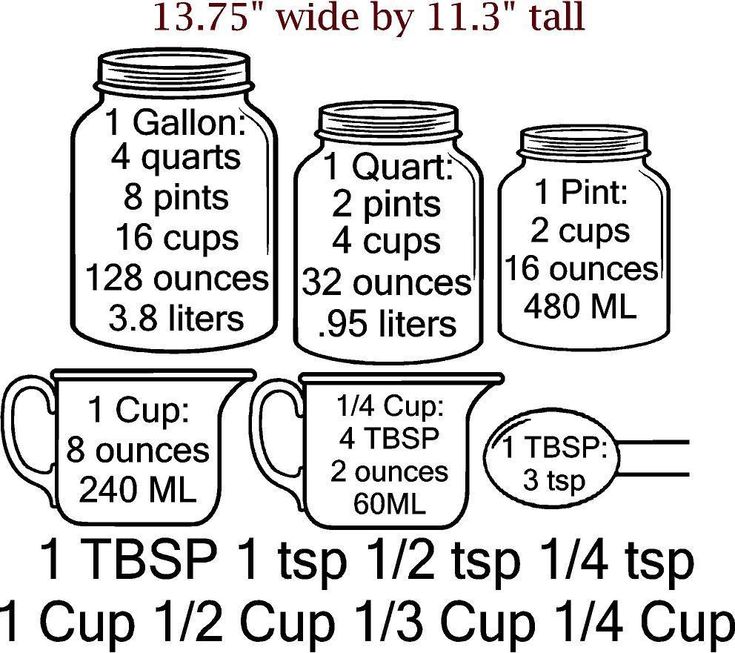 04.2022 00:00 9000 9000 oil
04.2022 00:00 9000 9000 oil
Read
04/05/2022 00:00
Read
04/05/2022 00:00
Read
04/04/2022 00:00
Read
04/04/2022 00:00
9000 03.04.2022 00 00 00 : 00
Read
03/03/2022 00:00
Read
03/03/2022 00:00
Read
01.04.2022 00:00
Read
01.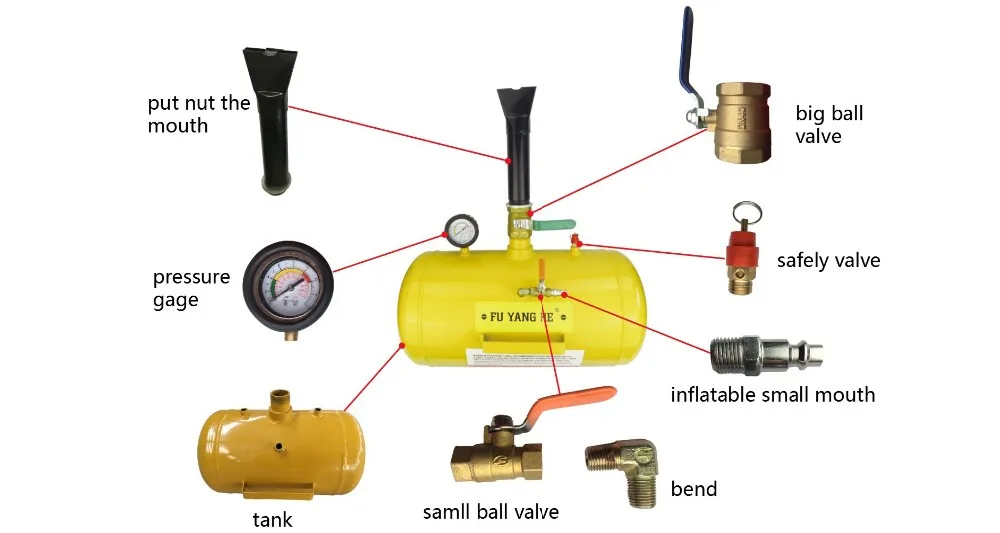 04.2022 00:00
04.2022 00:00
Read
03/24/2022 00:00 9000 9000 engine
Read
03/24/2022 00:00
Read
03/24/2022 00:00
Read
03.04.2022 00:00 9000
All articles of section
nine0000 Hydraulic accumulators in cold and hot water supply systems. Purpose and setting. accumulators, expansion tanks, expansion pumps - despite some differences in performance, they all serve the same purpose and have the same design. In fact, we can say that three different concepts mean one object, designed to take on excess fluid in order to reduce pressure, or return it, maintaining pressure within the specified limits. nine0003
nine0003
There are three purposes for which the accumulator is intended, and which intersect with each other:
Hydraulic accumulator consists of an outer metal shell and an inner elastic membrane. Air is pumped between the membrane and the walls of the tank, and water enters the membrane itself through the fitting. Some membranes are pass-through - that is, they have an outlet on the opposite side of the neck. It is designed to remove air from water or coolant. In this case, the inlet for water (coolant) is located at the bottom of the accumulator, and on top there is a threaded connection for air release. nine0003
Manufacturers and sellers separate hydraulic accumulators - tanks for cold water supply and expansion mats - tanks for hot water and heating. It is customary to paint the former blue, and the latter red, although there are both red and white accumulators. But among the people, both of them are often called expansion tanks, without making any difference between them.
It is customary to paint the former blue, and the latter red, although there are both red and white accumulators. But among the people, both of them are often called expansion tanks, without making any difference between them.
Meanwhile, there are differences. In hydraulic accumulators, the membrane is always replaceable. For its manufacture, food rubber is used, which is safe for drinking water, but wears out earlier, while expansion tanks often have industrial rubber. Hydraulic accumulators are made with the expectation of a large working pressure - 6-10 atm, and expansion mats are designed for 3-5 atm. But in most cases, they withstand the same temperature. In addition, if necessary, you can install a hydraulic accumulator for hot water supply so that it receives cooled water. nine0003
Hydraulic accumulator parameters
Each product has characteristics that the buyer pays attention to when choosing. For hydraulic accumulators, this is the maximum working pressure and volume.
For hydraulic accumulators, this is the maximum working pressure and volume.
Maximum working pressure is a measure of the water pressure that the tank can withstand. For water supply, this indicator can vary from 6 to 10 bar, depending on the manufacturer and modification. Industrial needs sometimes require tanks with high pressure, they are most often made to order. nine0003
The volume of the accumulator - indicates the indicator of the steel tank itself, which we see from the outside. Meanwhile, the volume of water that the tank can take is much lower than this indicator, and can reach half. It directly depends on the pressure amplitude - the difference between the upper and lower limits.
It is also good to know the allowable air pressure. This indicator can be specified, or you can check it yourself. Each hydraulic accumulator has a spool valve closed with a nipple. For small tanks, it is located at the end of the tank, for large tanks there is an air outlet in this place, and the spool is slightly lower and to the side.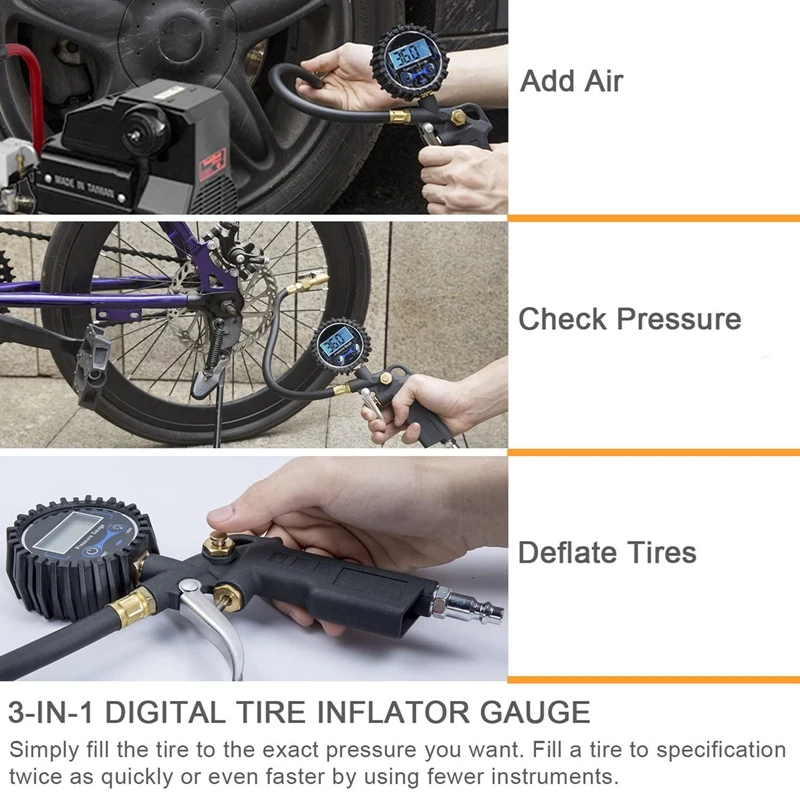 You can pump air into the tank using a car pump, preferably with a pressure gauge, which usually shows the pressure inside the tire. Indicators for tank pressure are usually indicated in bars or atmospheres (1 bar ≈ 1 atm), while the scale on automobile pressure gauges is in Pa or MPa. A step of 0.1 MPa equals one atmosphere (1 bar). nine0003
You can pump air into the tank using a car pump, preferably with a pressure gauge, which usually shows the pressure inside the tire. Indicators for tank pressure are usually indicated in bars or atmospheres (1 bar ≈ 1 atm), while the scale on automobile pressure gauges is in Pa or MPa. A step of 0.1 MPa equals one atmosphere (1 bar). nine0003
Hydraulic accumulator in the water supply system
The purpose of the accumulator varies little depending on the installation system. In the cold water supply system, it is used for:
A blue hydraulic accumulator must also be installed for domestic hot water. When heated, the water expands, which leads to an increase in pressure, and this, in turn, leads to the release of water through the safety valve.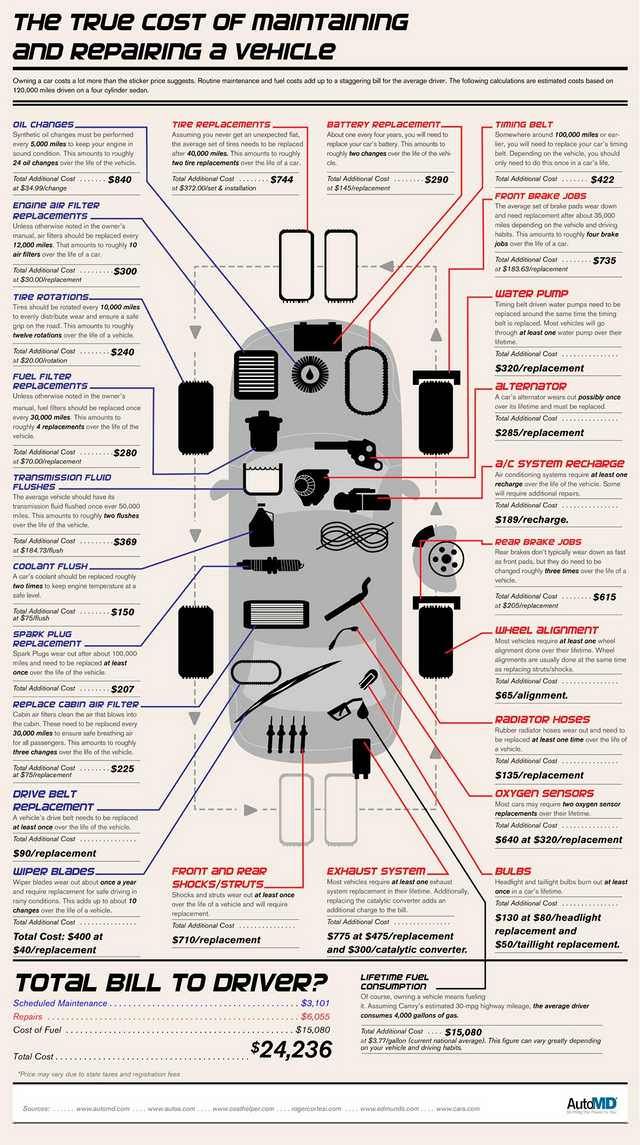 A hydraulic accumulator is installed to prevent a strong increase in pressure, and the advantage of blue is that the membrane for it is made of food grade rubber. nine0003
A hydraulic accumulator is installed to prevent a strong increase in pressure, and the advantage of blue is that the membrane for it is made of food grade rubber. nine0003
Installing and configuring a hydraulic accumulator in an automatic water supply system
An automatic water supply system consists of a pump, a control panel, a pressure switch, a dry-running switch, in addition, a filter can be installed in the system. It is the pressure switch that controls the pump in automatic mode. The relay has two pressure thresholds - minimum and maximum - and it turns on the pump when the pressure drops below the minimum, and turns it off when it reaches the maximum. For stable operation of the system, the air pressure in the accumulator must be 2-3 meters (0.2-0.3 atmospheres) lower than the minimum pressure of the relay. For example, if the minimum pressure is 1.5 atm, then you need to pump air up to 1.2 atm. nine0003
It is better to tune the accumulator for more efficient operation.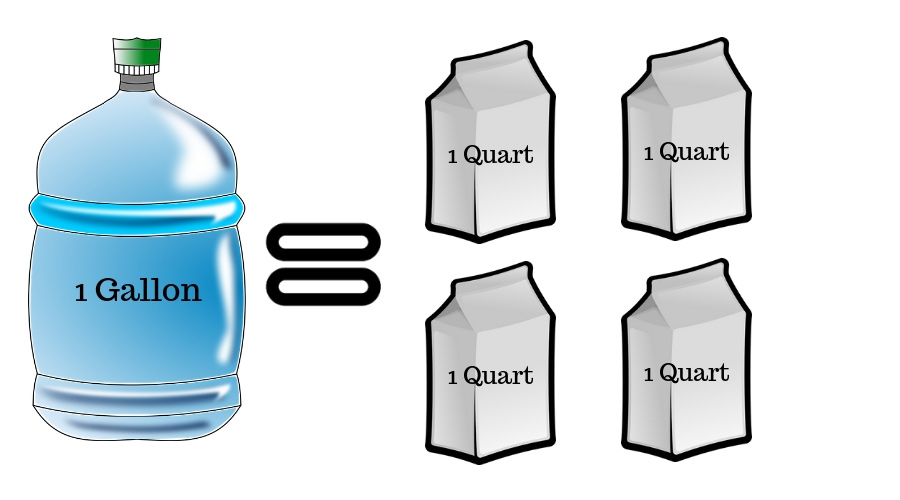
Option 1
Suitable for cases where the accumulator is already connected to the system and there is water in it. The same method helps to check the integrity of the membrane. First turn off the power to the system and open the faucet to drain all the water. Leave the tap open, as a situation may arise when water remains in the expansion tank. Next, connect the car pump to the spool and start pumping air. If water came out of the tap again, this can mean two things - either the membrane broke, or during the operation of the accumulator, air was depressurized, and it came out of the tank. nine0003
To check, stop pumping air and close the valve, then start the pump. When the system is full, turn off the power and open the tap to drain 20 liters of water. Close the faucet again. Press the accumulator spool and release all air. If, after the air runs out, water flows out, then the membrane is damaged and needs to be changed. If not, everything is in order with the membrane and you need to repeat the inflation process described above.
If not, everything is in order with the membrane and you need to repeat the inflation process described above.
When the calculated air pressure is established in the expansion tank, start the system, open the valve and observe the pressure gauge. It should show stable pressure - if the arrow falls once, it's not so scary. Probably there was air in the accumulator, and now it has come out. If the arrow falls again, the pressure is too high. It is necessary to gradually release the air, continuing to observe, until the pressure equalizes. nine0003
Option 2
If you are connecting an expansion tank to the system for the first time, first pump air in until the pressure is slightly higher than necessary. Some tanks, such as the Aquasystem, are sold pre-charged with air. Connect the tank to the system, close all taps and turn on the pump. There is no need to wait for the maximum pressure in the system, it is enough for the tank to fill up a little. Turn off the power to the pump and drain all the water - this will remove the air that has got there from the accumulator and the system. Close the taps again and fill the system up to the pressure mark, which is slightly above the minimum. Turn off the pump and drain the water until the pressure in the system is at the same level as the required pressure in the accumulator. After that, gradually bleed the air in the accumulator, watching the pressure gauge. As soon as its arrow moves down, it means that the pressure in the accumulator has become lower than in the system, and water has begun to flow into it. Stop blowing air. nine0003
Turn off the power to the pump and drain all the water - this will remove the air that has got there from the accumulator and the system. Close the taps again and fill the system up to the pressure mark, which is slightly above the minimum. Turn off the pump and drain the water until the pressure in the system is at the same level as the required pressure in the accumulator. After that, gradually bleed the air in the accumulator, watching the pressure gauge. As soon as its arrow moves down, it means that the pressure in the accumulator has become lower than in the system, and water has begun to flow into it. Stop blowing air. nine0003
Hydraulic accumulator in the hot water system
The role of the accumulator in the DHW system is the same as in the heating system - to compensate for the pressure that occurs when the water is heated. The tank can be installed both in front of the boiler and after - there is not much difference.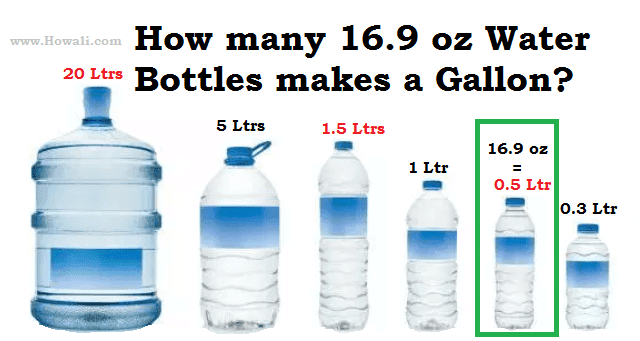 But still we recommend putting the accumulator on the water supply, due to low temperatures.
But still we recommend putting the accumulator on the water supply, due to low temperatures.
For hot water supply, it is better to take a blue accumulator - its membrane is made of food grade rubber, and it is designed for higher pressure. The volume of the tank should be equal to 5-10% of the volume of the boiler, while if the amount of heated water is large - 300-500 liters, you can take 5%, and if it is small - about 100, then it is better to take 10%. For systems with unstable pressure, in particular central heating, it is better to take a larger supply of volume. nine0003
Air pressure in the DHW expansion tank
The air pressure in the DHW tank is no less important than for cold water supply. Approaches to identifying the required indicator here are different.
The first method is a fairly rough calculation of the average value. The minimum value of the pressure in the system is taken as the minimum, and the relief valve relief pressure is taken as the maximum. Typically, the DHW safety valve has a value of 6 bar, the minimum pressure in the central heating system is 2 bar. This means that the air pressure in the accumulator should be 4 bar. nine0003
Typically, the DHW safety valve has a value of 6 bar, the minimum pressure in the central heating system is 2 bar. This means that the air pressure in the accumulator should be 4 bar. nine0003
The second method can be called more accurate. After all, whatever the pressure in the tank, the system will work, the question is how exactly. We set ourselves two goals: maximum efficiency and maximum service life of the tank.
The service life of the tank is expressed rather in the service life of the replacement diaphragm. The membrane breaks for a fairly simple reason - due to wear. And the main reason for the wear of the membrane is sharp and, one might say, critical changes in its state. When the accumulator gives up all its water, the membrane folds under air pressure into a sheet, the edges of which bend strongly. It is in these places that most often the gap occurs. Accordingly, in order to prevent rapid wear of the rubber, it is necessary to ensure that the membrane is rolled into a sheet as little as possible.